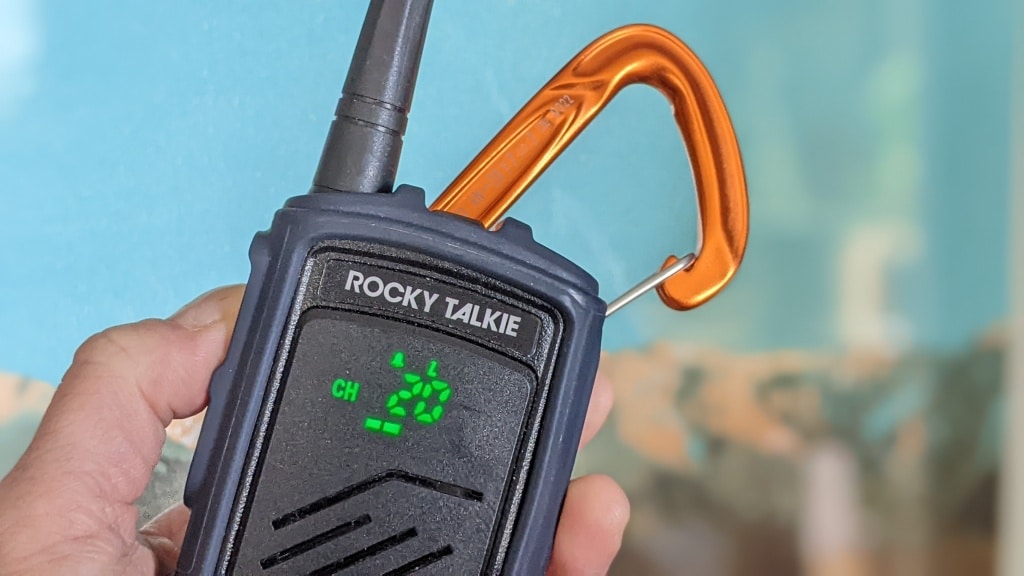Walkie talkies are essential communication tools used in various settings, from outdoor adventures to professional environments. To ensure clear and effective communication, it’s crucial to understand how to use these devices properly. This guide provides a comprehensive overview of the best practices for talking on a walkie talkie.
Contents
Understand the Basics of Walkie Talkies
Walkie talkies operate on radio frequencies and allow users to communicate wirelessly over short distances. They are typically equipped with a push-to-talk (PTT) button, a microphone, a speaker, and a volume control. Familiarize yourself with these components before using the device.
Proper Use of the Push-to-Talk (PTT) Button
The PTT button is a crucial feature of walkie talkies. Pressing this button activates the transmitter, allowing your voice to be broadcast. Always remember to:
Press and Hold: Press and hold the PTT button while speaking. Release the button when you finish talking. This ensures your message is transmitted clearly and prevents overlap with incoming messages.
Speak Clearly: Hold the device about 1-2 inches from your mouth and speak directly into the microphone. Avoid speaking too close or too far from the mic, as this can distort your voice.
Use Proper Radio Etiquette
Effective communication on walkie talkies requires adherence to certain etiquette practices:
Identify Yourself: Begin your communication by stating your call sign or name. For example, “This is Alpha Team, over.” This helps the receiver identify who is speaking.
Use Brevity: Keep your messages short and to the point. Avoid long-winded explanations and focus on the essential information. Use standard phrases like “over” (to indicate the end of your transmission) and “copy” (to acknowledge receipt of the message).
Avoid Interrupting: If you are part of a conversation, wait for the other person to finish before speaking. Overlapping conversations can lead to confusion.
Maintain a Good Signal
To ensure clear communication, maintain a good signal by:
Positioning Yourself Appropriately: Stay within the range of the walkie talkie’s frequency. Obstacles like buildings, trees, and hills can interfere with the signal.
Avoiding Background Noise: Reduce ambient noise by finding a quieter location. Excessive noise can make it difficult for the receiver to hear your message.
Handle Common Issues
Address common issues with walkie talkies by:
Checking the Battery: Ensure the walkie talkie’s battery is fully charged. A low battery can affect transmission quality and range.
Adjusting the Volume: Set the volume to a level where you can hear clearly without causing distortion or feedback.
Performing Regular Maintenance: Clean the device regularly and check for any physical damage. Proper maintenance helps prevent operational issues.
Understand Communication Protocols
In professional settings, walkie talkies often follow specific communication protocols:
Use Code Words: Some teams use code words or signals to convey messages quickly and discreetly. Familiarize yourself with any codes used in your setting.
Follow Chain of Command: In organizational contexts, adhere to the established chain of command for reporting and receiving instructions. This ensures messages are handled efficiently and appropriately.
Practice Effective Communication Techniques
To enhance communication efficiency:
Articulate Clearly: Speak clearly and at a moderate pace. Avoid mumbling or speaking too fast.
Be Specific: Provide specific information rather than vague descriptions. For instance, instead of saying “There’s an issue,” say “There is a mechanical malfunction in the engine room.”
Troubleshoot Common Problems
If you encounter issues with your walkie talkie:
Check Frequencies: Ensure that all devices are set to the same frequency. Mismatched frequencies can prevent communication.
Inspect Connections: Verify that all connections, including batteries and antennas, are secure and functioning properly.
Conclusion
Effective communication on a walkie talkie involves understanding the device’s basic functions, using proper etiquette, maintaining a good signal, and following specific communication protocols. By adhering to these guidelines and practicing clear communication, you can maximize the efficiency and reliability of your walkie talkie interactions, whether for personal use, professional settings, or emergencies.
